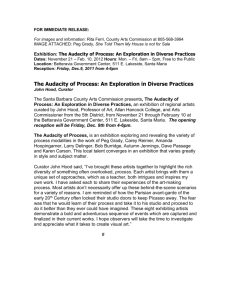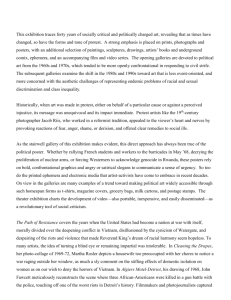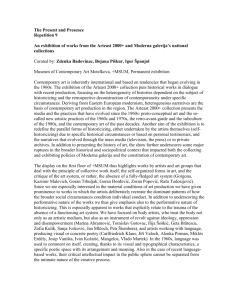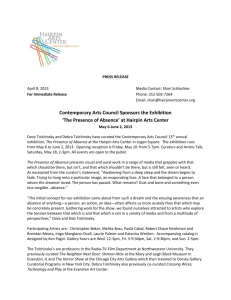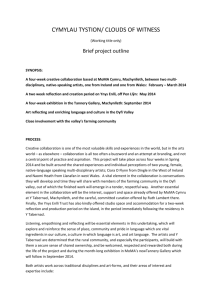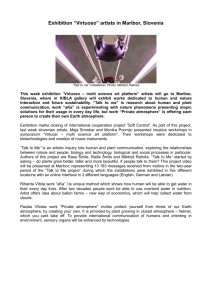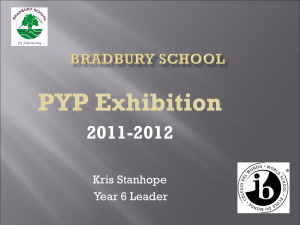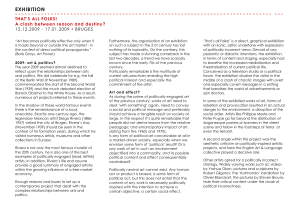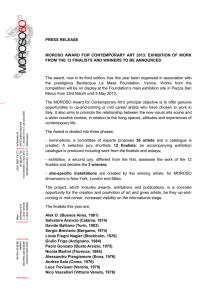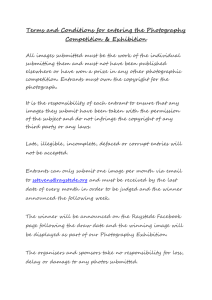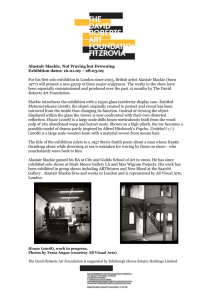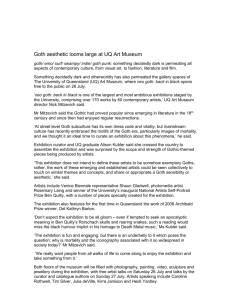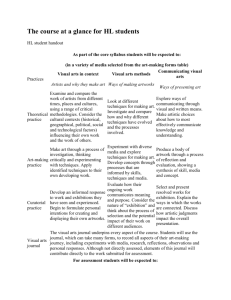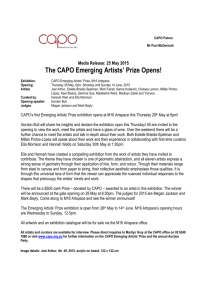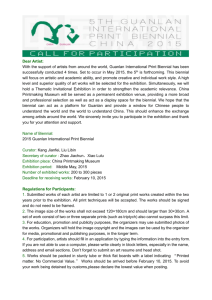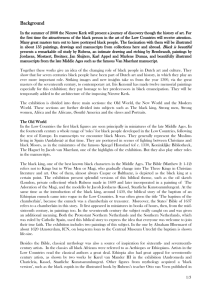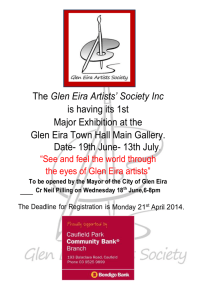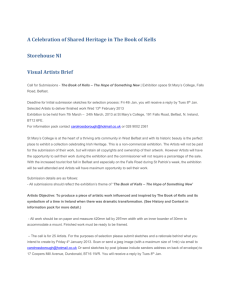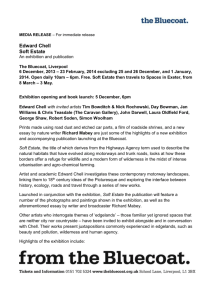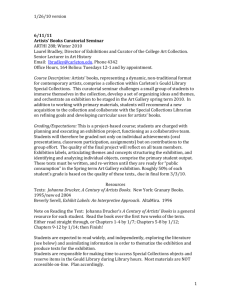Read More... - India Art Fair
advertisement
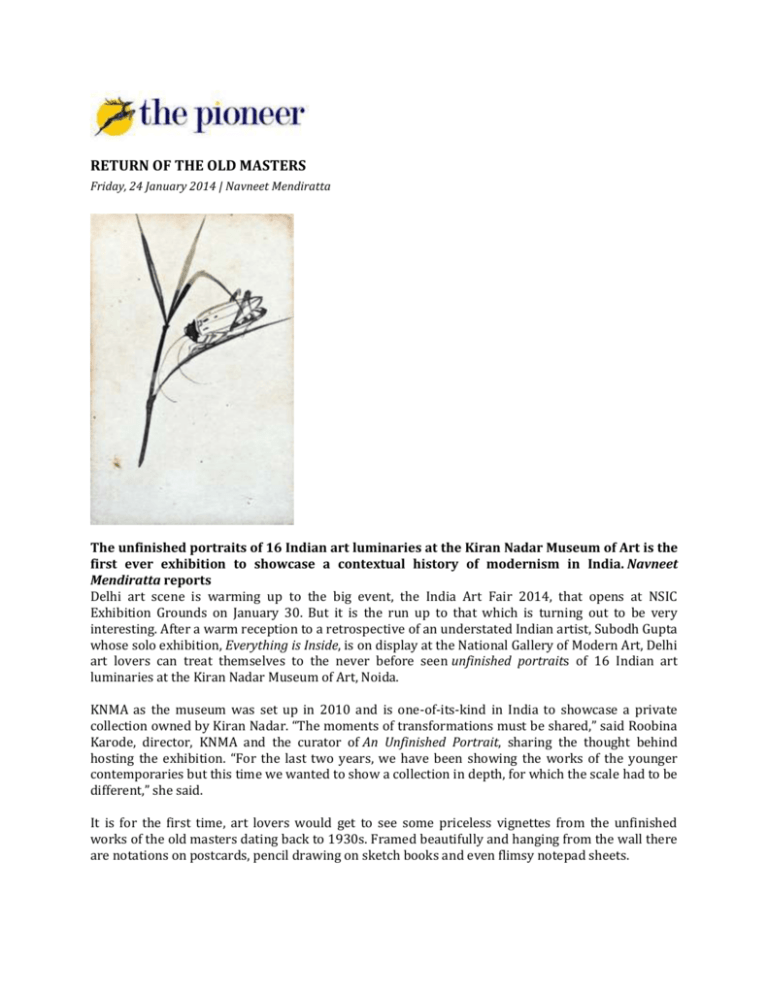
RETURN OF THE OLD MASTERS Friday, 24 January 2014 | Navneet Mendiratta The unfinished portraits of 16 Indian art luminaries at the Kiran Nadar Museum of Art is the first ever exhibition to showcase a contextual history of modernism in India. Navneet Mendiratta reports Delhi art scene is warming up to the big event, the India Art Fair 2014, that opens at NSIC Exhibition Grounds on January 30. But it is the run up to that which is turning out to be very interesting. After a warm reception to a retrospective of an understated Indian artist, Subodh Gupta whose solo exhibition, Everything is Inside, is on display at the National Gallery of Modern Art, Delhi art lovers can treat themselves to the never before seen unfinished portraits of 16 Indian art luminaries at the Kiran Nadar Museum of Art, Noida. KNMA as the museum was set up in 2010 and is one-of-its-kind in India to showcase a private collection owned by Kiran Nadar. “The moments of transformations must be shared,” said Roobina Karode, director, KNMA and the curator of An Unfinished Portrait, sharing the thought behind hosting the exhibition. “For the last two years, we have been showing the works of the younger contemporaries but this time we wanted to show a collection in depth, for which the scale had to be different,” she said. It is for the first time, art lovers would get to see some priceless vignettes from the unfinished works of the old masters dating back to 1930s. Framed beautifully and hanging from the wall there are notations on postcards, pencil drawing on sketch books and even flimsy notepad sheets. To list out the masters on show, the exhibition displays a contextual history of Modernism in India, its ideological musings at Shantiniketan with Nandalal Bose, Binode Behari Mukherjee, Ramkinkar Baij, Krishna Reddy and Somnath Hore and Ganesh Pyne from Kolkata, FN Souza and MF Husain from the Progressive Artists’ Group (Bombay), Jeram Patel, Himmat Shah, Arpita Singh and Bhupen Khakhar from Baroda and Delhi. “It is difficult to source the works from Shantiniketan. The idea was not to look at their large scale projects but to go down to the visual culture they lived in and look at what they were doing with their creative process,” said Karode. So what we have here are these little sketches with conversations that they exchanged with people around. Some of them on post cards, a medium that is today lost to the world. A visual extravaganza unfolds as a visitor walk down the gallery from one alcove to another showing up to 15 works by one artist and making the total number of works on display adding up to some 250 works. “It is interesting to note how an insignificant detail would catch their eye,” Karode went on. “One interesting work I keep going back to is that of an image of an insect on the grass by Nandalal Bose. It is so simple and extremely beautiful. These artists were rooted in learning the skill. They would study the nature deeply and get under its skin. They were such perfectionists that once they had captured what they wanted, they would instantly put the thought down, without even having to erase even a line,” she said. With these works, the exhibition puts on display a very significant period of India — from the early 1930 to progressive artists. “The moment you move from Nandalal to Benode Behari to Ramkinkar you see the transformation from tradition to energy. All of them were committed to their land and art. They defined modernism in the Indian context,” she shared. And as you move from Nandalal’s works to those of Himmat Shah, you don’t even realise that you’ve jumped 30 years. The drawings move from being different to imaginative and playful. “It’s the transition from instructed eye to innocent eye. Shah travelled a lot in desert and even lived there, so the whole trajectory is different,” she added. The progressives are a complete contrast. Their works are dynamic, rebellious and prolific. That they travelled extensively through India and the world, comes out clearly in their impressions on the paper. Their pursuit for magnificence is hard to miss. For instance, Husain sketches from his Praha (Prague) diary, dreaming of little things happening fuel the appreciators’ imagination and lend a glimpse of what must be going on in the artist’s mind. Adding the lens perspective are the clicks by Madan Mahatta, Richard Bartholomew and Ida Kar who have captured some of these legends, their persona or in their studios with their creations or at exhibition openings and sometimes all by themselves, pensive or looking at the transient world around them. “We must remember that some of the masters here are important academicians as also critics of the artists,” she said. In his time, Richard Bartholomew was not only an artist, photographer and an acclaimed art critic but was also close to the generation of artists who formed the Progressive Artists’ Group in Bombay. Being a friend, he photographed them at their homes, studios, institutions they were associated with and in their group or solo exhibitions. Similarly, Madan Mahatta being a prolific photographer, captured and recorded the development of New Delhi. His photographs document the history of the time between 1950 and 1980, which marked the height of Nehruvian modernism. For those who wish to see art outside books, this is indeed a treasure trove. The exhibition is on till September this year. http://www.dailypioneer.com/vivacity/return-of-the-old-masters.html
